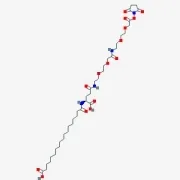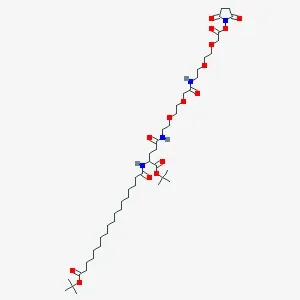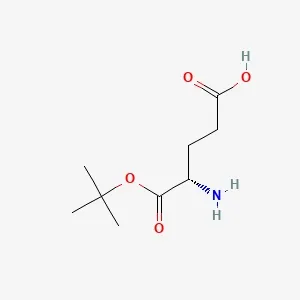
Amino Acids & Derivatives for Peptide Synthesis
H-Glu-OtBu
H-Glu-OtBu (CAS No. 45120-30-7, C₉H₁₇NO₄) is a white powder used as a protected derivative of L-glutamic acid in peptide synthesis. It features a tert-butyl ester group that allows selective side chain protection, making it suitable for solid-phase synthesis protocols. This compound is commonly applied in the production of active peptides and pharmaceutical intermediates, including GLP-1 analogs like Semaglutide and Tirzepatide. It comes packaged in 25 kg fibre drums and should be stored sealed, in a cool and dry environment to preserve stability.
- CAS No.: 45120-30-7
- Molecular Formula: C₉H₁₇NO₄
- Purity: 98% min

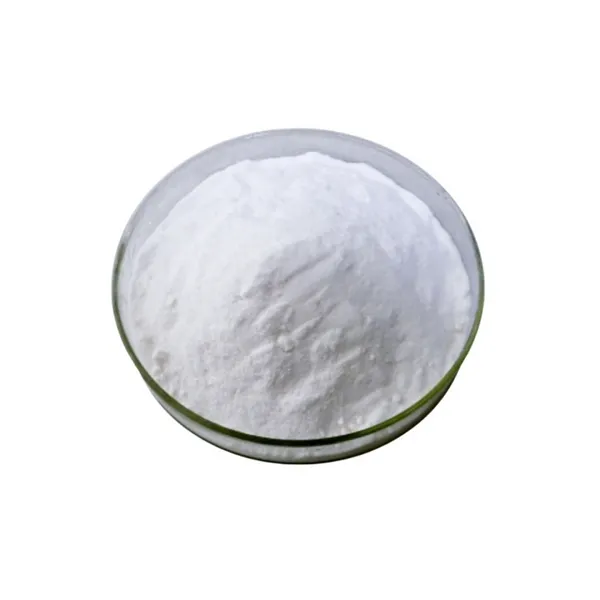


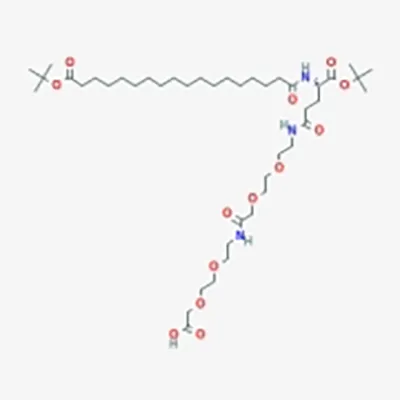
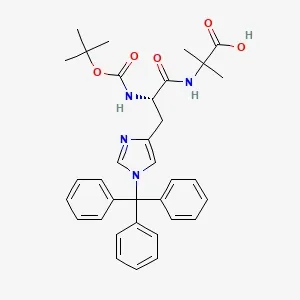
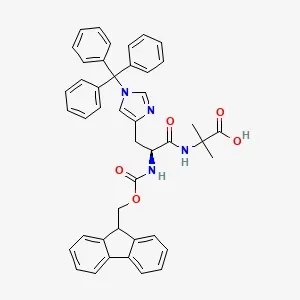
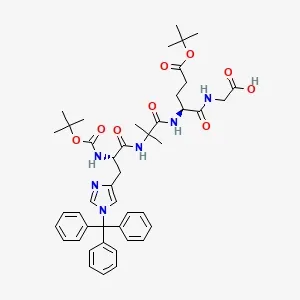
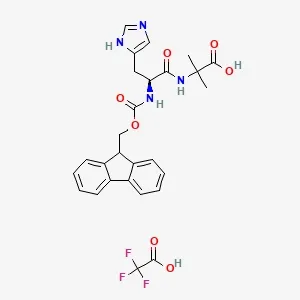
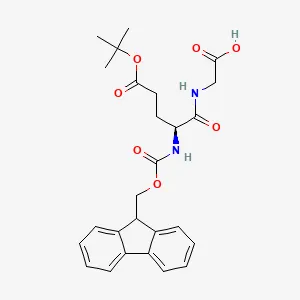
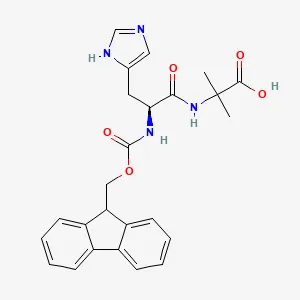
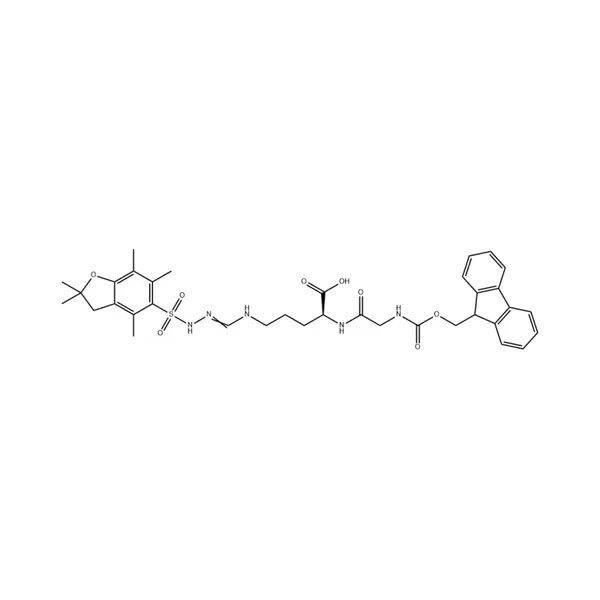
![Fmoc-L-Lys[Oct-(otBu)-γ-Glu-(otBu)-AEEA-AEEA]-OH](products/2-2-1-fmoc-l-lys-oct-otbu_01.webp)
